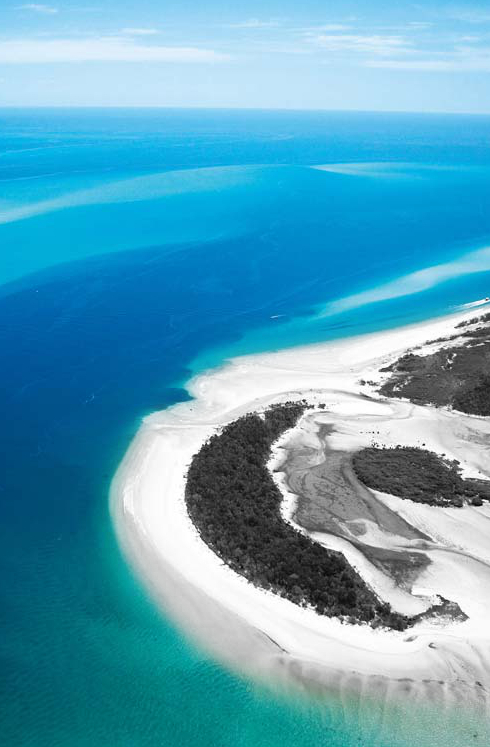Big find at submerged site
 Ancient stone artefacts have been found at an underwater spring off the Western Australia Pilbara coast.
Ancient stone artefacts have been found at an underwater spring off the Western Australia Pilbara coast.
The find appears to confirm the existence of a submerged archaeological site with the potential for further hidden Aboriginal artefacts beneath the sea.
A new study, published in Quaternary Science Reviews, reveals that the submerged cultural landscape, which is now the seabed, holds valuable scientific insights into the deep-time history of Aboriginal activity on previously dry land.
The artefacts, estimated to be at least 9,000 years old, were discovered at the Flying Foam Passage underwater spring in Murujuga, also known as the Dampier Archipelago.
The passage was inhabited during the Late Pleistocene and Early Holocene before being submerged due to rising sea levels.
Collaborating with the Murujuga Aboriginal Corporation, Flinders University and UWA archaeologists made this significant discovery, further affirming the presence of preserved cultural stone material up to 14 metres underwater.
The researchers employed various techniques, including scientific dives, 3D models, lidar systems, and underwater archaeology, to identify and study the fresh stone artefacts.
Professor Jonathan Benjamin, the lead researcher on The Deep History of Sea Country project, says submerged cultural sites need to be recognised and protected.
“The Deep History of Sea Country project was the first Australian research program to uncover ancient submerged cultural heritage on the seabed in a marine environment,” he says.
“This new evidence confirms that the archaeological site extends underwater onto now drowned land surfaces in Murujuga.”
The discovery at Flying Foam Passage sheds light on the vast submerged cultural landscape across Australia, potentially pushing federal and state governments to prioritise the protection of underwater cultural heritage.
Professor Benjamin suggests expanding research into submerged landscapes in Murujuga and other tropical environments, with the potential for thousands of ancient sites waiting to be explored.
This remarkable find is featured in the documentary series, “The First Inventors”.








 Print
Print